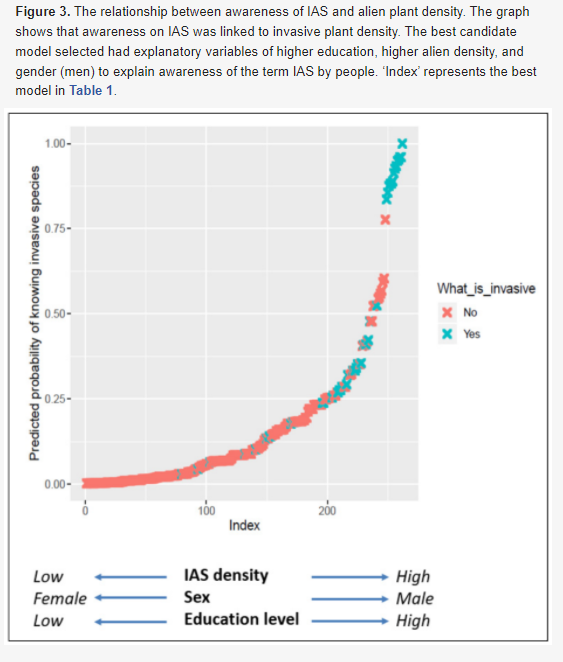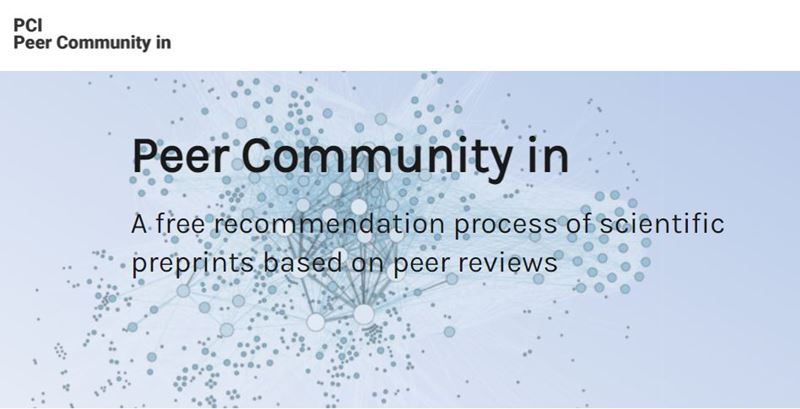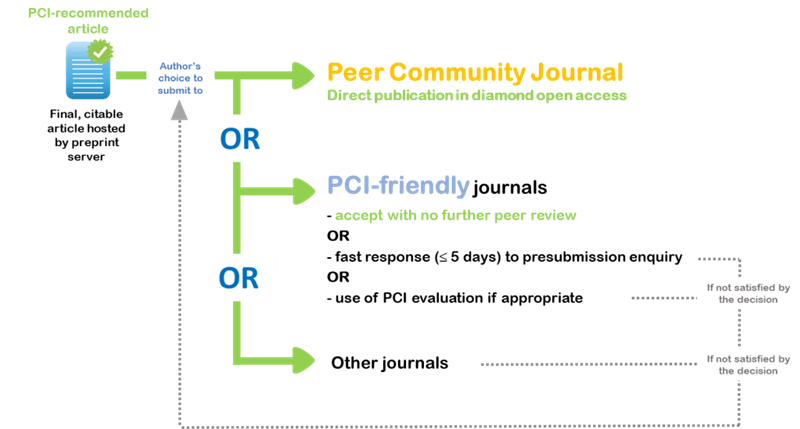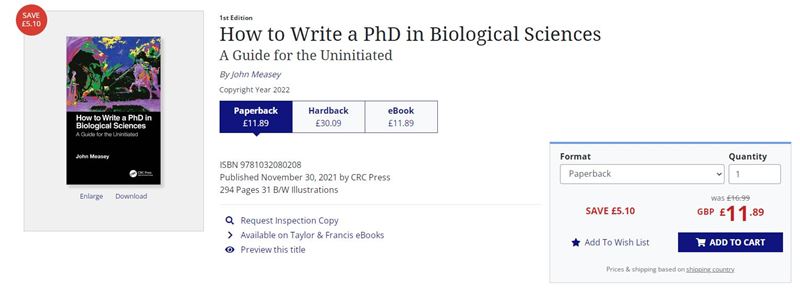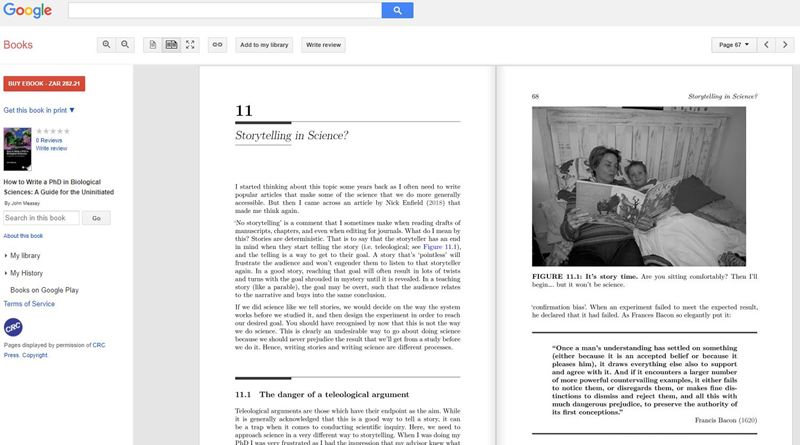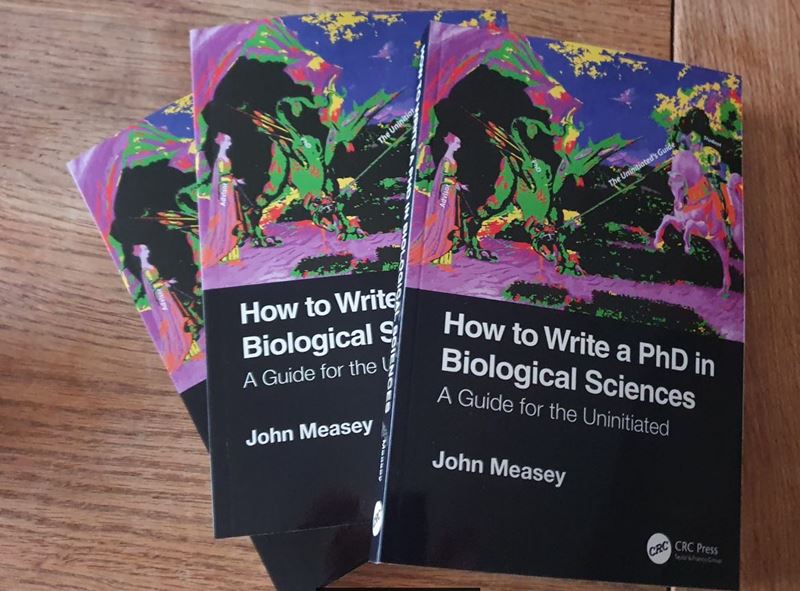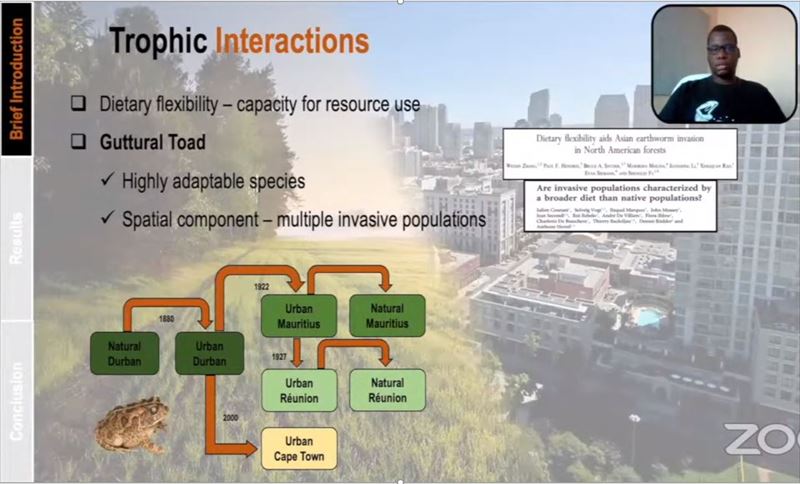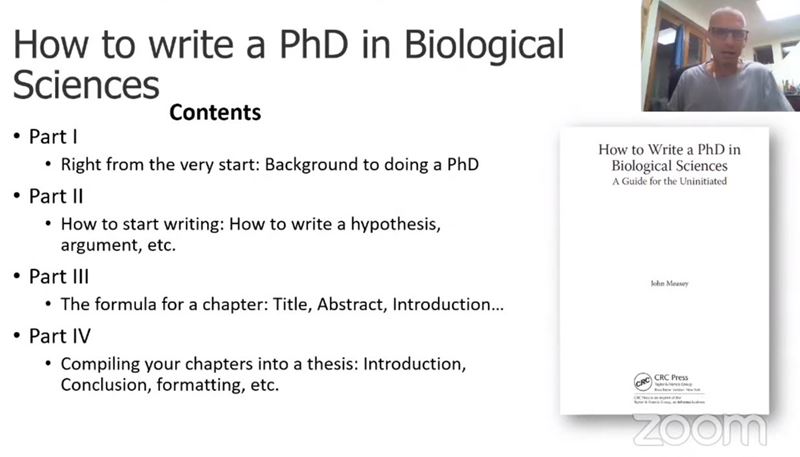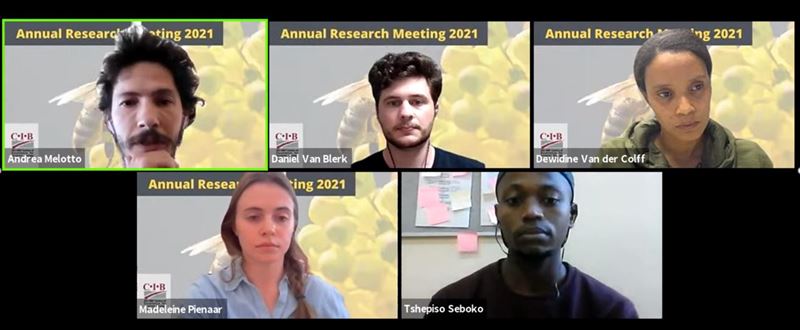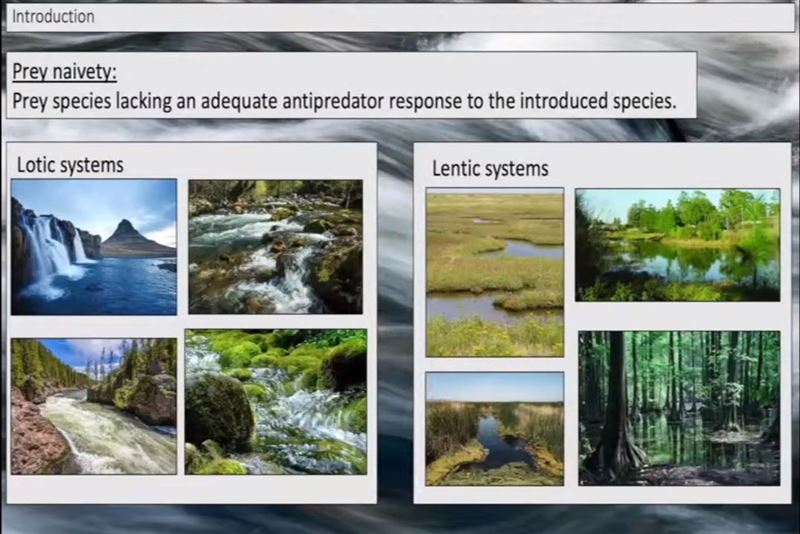Why is your institutional address important?
When you are ready to submit your manuscript to a journal, one of the first pieces of metadata that you are required to enter in the editorial management software is your address. It is usually also on the first page of your manuscript after the title and your name. Moreover, you will also be asked to enter the addresses of all of your co-authors. It is very important to get this correct, but why?
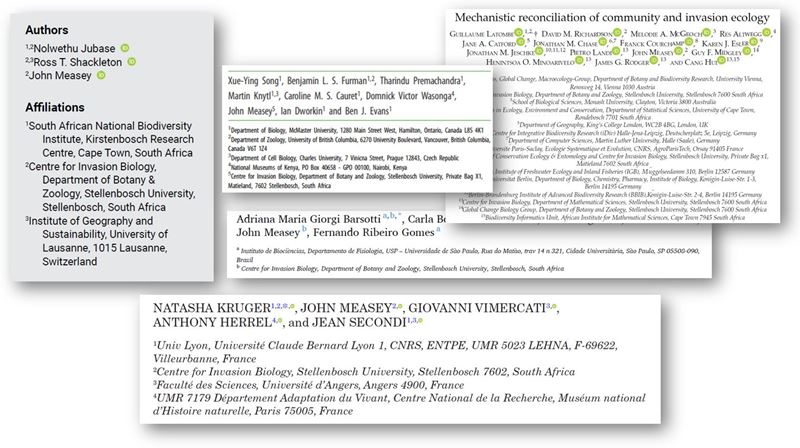
The address that appears alongside your name assigns credit to the institution where the work was conducted. In these days when institutions are held to account for the research that they conduct, having their address correctly entered may be of direct significance to them. The smaller your institution, the more important this will be as your research (or that of your co-authors) will be one of fewer products. Many institutions will rely on pulling lists of publications from databases (such as Web of Science, Scopus or Dimensions). An automated search may not pull out all publications if the name of the institution has been misspelled, misses appropriate accents, or is inverted (e.g. University of Stellenbosch instead of Stellenbosch University). Some databases code names of institutions, so that you may be asked to select yours from a (very long) drop down menu.
Remember that adding the name of your institution, and that of your coauthors, also adds the reputation and endorsement of that establishment to the work. You should already have sufficient confidence in the work that you are doing in order to warrant adding your institution’s address. Some institutions will ask that manuscripts are submitted to a committee for official endorsement before they are submitted for publication. If you are a postgraduate student, you are likely to need your advisor's consent before submitting a manuscript for publication. Because the institutional endorsement is important, institutions are quite picky about who can publish with their name. Thus, any contract that you sign with your institution may well have a clause about not bringing their name into disrepute.
Clearly, there could be a fine line between your freedom to publish your academic opinion and the interests of your institution and their name. In the US, where academic freedom is protected by the First Amendment, legal assertion usually arises following claims against colleagues, administrators and trustees from the same institution, or against the state (Euben 2002). Happily, in the biological sciences, you are less likely to come up against this line than in some other areas. Most institutions are liberal, and you are unlikely to ever face difficulties. This is most likely to happen when you conduct research that can garner controversy in the traditional or social media. Different periods of time have different trends for what subjects are sensitive to the public. You should be aware of these from your own reading of traditional media, and this is a great reason for staying in touch with what is happening more generally in the world around you.
All this means that although it is arduous, correctly capturing the address of yourself and your coauthors in the initial submission is very important. In order to get ready for this, you should engage your co-authors prior to submission to ask them to provide the exact address that they want you to use.
Figurative, physical or postal address?
Some journals require a detailed postal address (with post code), which harks back to the days of when readers wrote letters to authors. Some may only require this for the corresponding author. Other journals appear happy to have a physical address, or even a more figurative address, that stipulates only the department, institutional name and country - this makes sense in terms of acknowledging the affiliation where the work was done. My preference is for a short figurative address that contains all the important information.
Multiple addresses
These days, it is possible that you and/or your coauthors will want to use multiple addresses. There could be many reasons for this. They may have roles at more than one institution (including joint appointments, or honorary affiliations). Again, you may not be aware of this, so it is worth engaging with all coauthors ahead of submission.
Some funders ask you to add a line to your address to denote a virtual team. This can easily be done within your institutional address (usually as the first line) and doesn’t require any additional address.
There does not seem to be any limit on the number of addresses that you can use. If you have a legitimate need for adding additional addresses, then you can go to town.
What if your institutional affiliation changes?
If you are a postgraduate student or Early Career Researcher, then you are likely to change your address when you finish your degree, or start a new job. Should you use your new address, where people can find you now, or your old address where you conducted the work?
Essentially, you should use the address where you did the work. If you move after completion (before submission) then you can list your new address as a "corresponding address". If you have used work time and resources at your new address in order to finish the submission (which may well be the case) you should include them. However, the PI on the study should know before you submit if you are planning to add another institutional address as this may impact the way in which their institution considers the work.
Article Processing Charges
Your address may give you access to funds for publishing your article in Open Access journals, or when there is an article publishing charge (APC). It may be the case that your new address has access to funds for APC, but your old address does not. Is this a legitimate reason for adding the new address?
Some might consider that access to APC may constitute additional funding towards a study and therefore warrant addition of an address. My feeling is that this is a contentious issue and that you shouldn’t make any assumptions. Rather discuss this openly with your co-authors and try to determine whether they all agree on adding an address, or whether there is another way toward paying an APC.
In summary
In my view, you should use the address where you did the work. To give a new address when work was done at the old one is denying the old institute the credit that they deserve in having supported you at that time. Of course, addresses change and the amount of support may not be important any more. For example, I published some work this year for which the data was collected >15 years ago. I didn't include the address where I was back then, but I did make sure that there was an acknowledgement to the funding.
